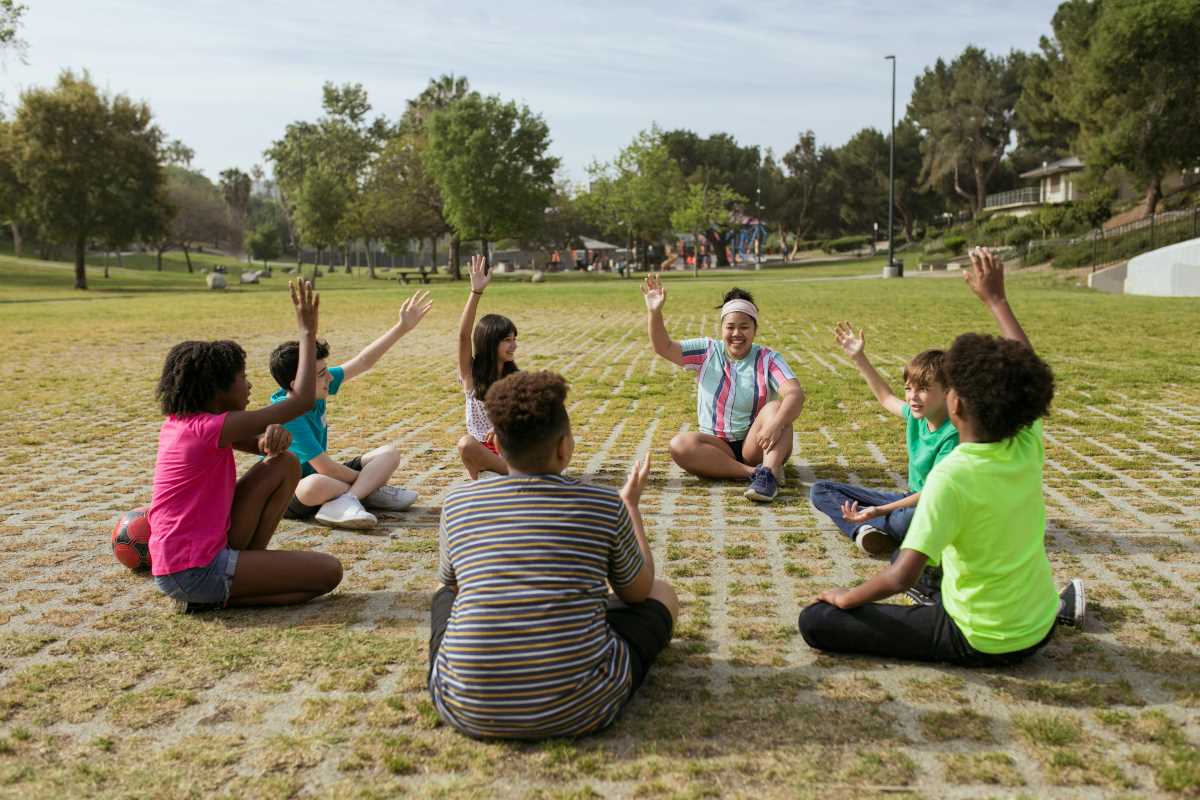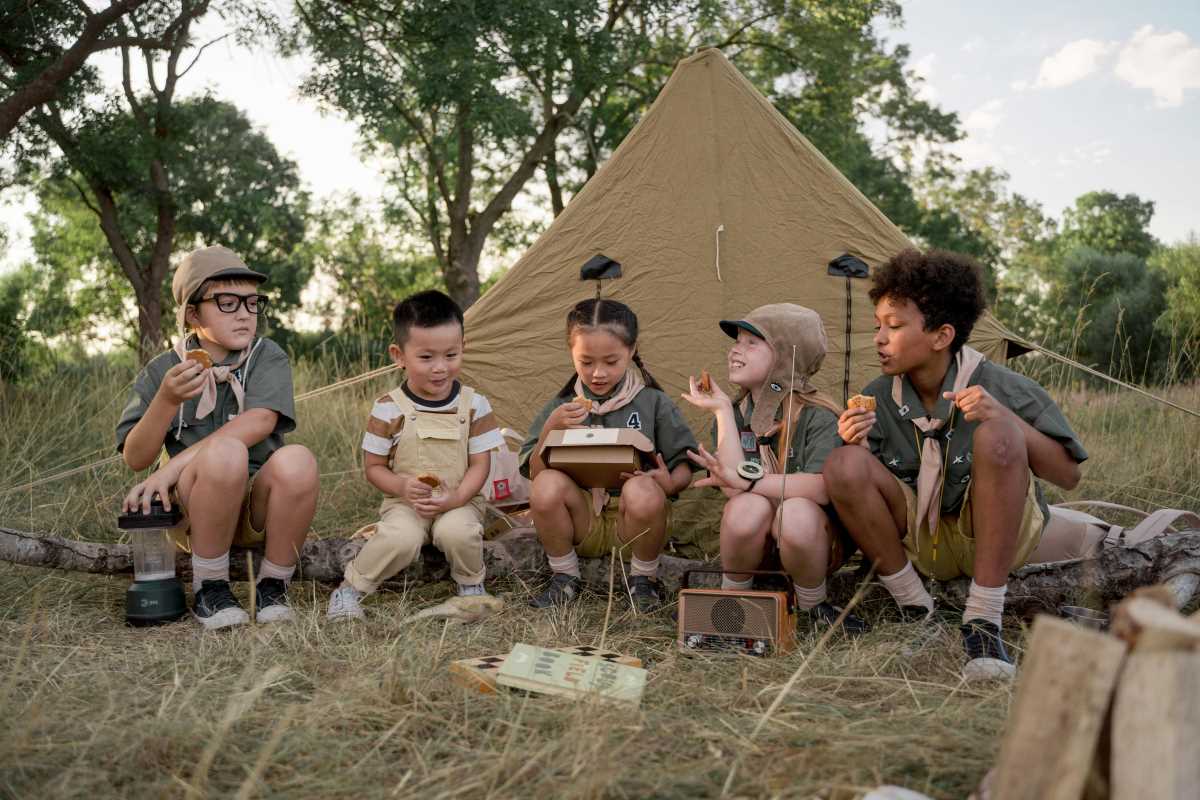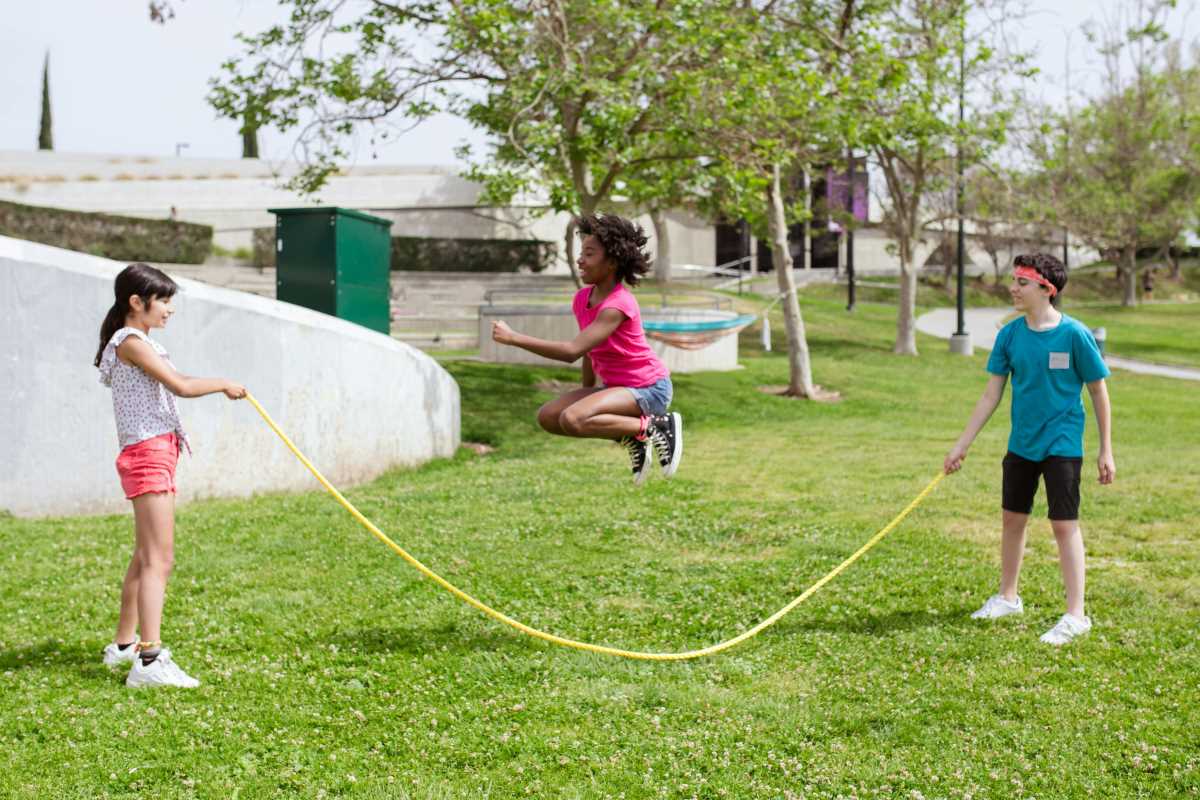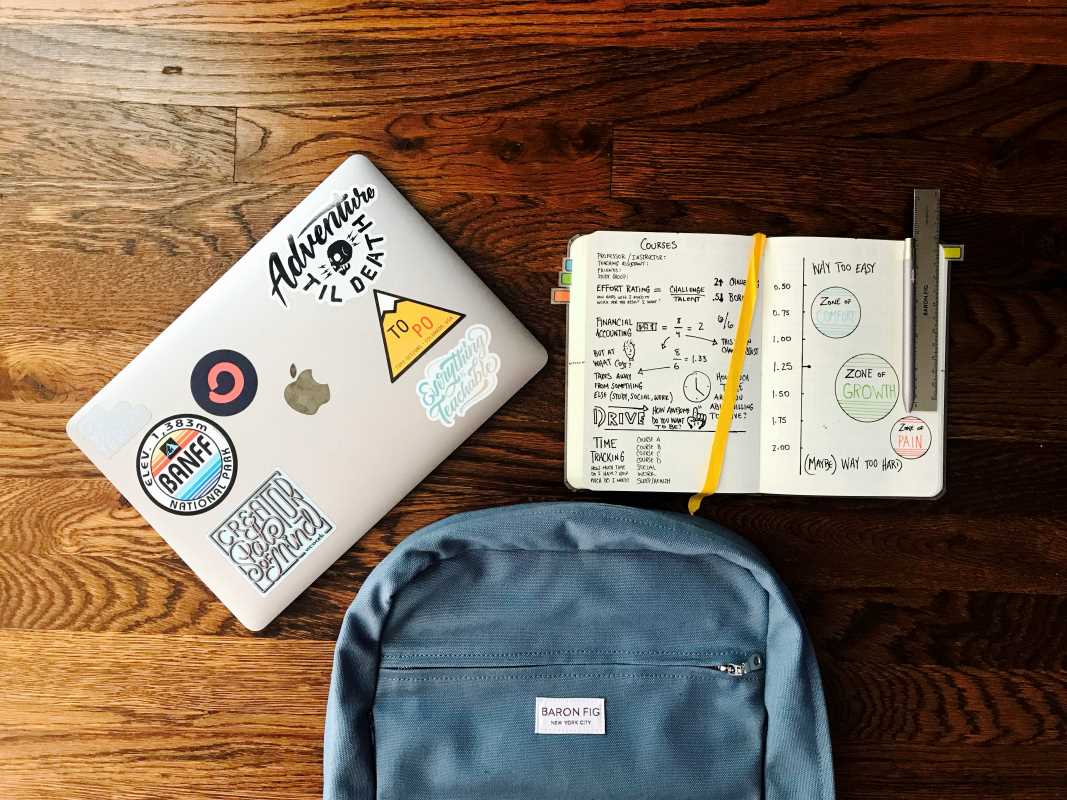Parents play a vital role in their children’s education, especially when it comes to developing math and reading skills. The good news is, you don’t need hours of extra time or a background in teaching to help your child learn. By using daily routines, you can teach fundamental math and reading concepts in a way that’s easy, engaging, and practical.
Why Everyday Routines Matter
Children thrive on routine, and routines create the perfect backdrop for learning. Familiar activities like cooking, shopping, or bedtime are filled with opportunities to boost literacy and numeracy. When you make learning part of your everyday life, your child will see these skills as both natural and necessary. Engaging with your child during these moments helps them understand how these skills apply to the world, encouraging curiosity and confidence.
By weaving educational moments into your routine, you balance learning with fun, making it less intimidating. For example, asking a child to count the steps to their room while walking or to look for all the “red” objects in the room during playtime creates an effortless, playful way to reinforce these concepts.
Using Routines to Teach Math
Math skills are everywhere, even in the most ordinary tasks. Turning everyday tasks into learning moments not only strengthens these skills but also demonstrates how math fits into real life. Consider these practical ways to incorporate math into your daily routines.
Grocery Shopping
Grocery shopping isn’t just about picking up items; it can become a math learning playground:
- Make a List
Creating a shopping list is a simple yet effective activity. Have your child help you count the items on the list and talk about how many of each item you need. For older kids, you can make it more complex by asking them to help estimate the total number of items or even predict the overall cost of the shopping trip.
- Compare Prices
Introduce your child to numbers through prices. Talk about which items cost more or less and compare sizes or discounts. For instance, ask, “Which bottle of juice is a better deal?” and teach them the meaningful relationship between size and price.
- Weigh and Measure
If your store has scales for produce, involve your child. They can estimate the weight of fruits and vegetables and check their guesses. Use this time to introduce fractions as well, explaining how a pound and a half is written as 1.5, for example.
- Count and Sort
Counting and sorting are pivotal math skills. Make it interactive by asking your child to count how many apples go into a bag or sort produce by color, size, or type. You can even create mini-challenges, such as “Can you find six red items in the store?”
Cooking and Baking
The kitchen is one of the best places to incorporate math concepts because it’s filled with opportunities to measure, count, and follow sequences:
- Measure Ingredients
Measuring cups and spoons are excellent tools for teaching amounts and quantities. Show your child how to measure fractions like ½ or ⅓ of a cup, and work together to figure out how multiple scoops make a whole.
- Doubling Recipes
For older kids, double or halve a recipe and have them calculate the new measurements for each ingredient. It’s both practical and a great way to practice multiplication or division.
- Temperature and Time
Explain how temperatures and times work in recipes. Discuss how the oven needs to be set at a certain temperature and how long it will take for cookies to bake. Using a timer can also help your child understand the concept of elapsed time.
- Geometry in Action
For younger children, cutting food into shapes like triangles, circles, or squares creates a fun opportunity to learn simple geometry. Older kids can learn about fractions by slicing a pizza or pie into halves, quarters, or eighths.
Setting the Table
The act of setting a table doesn’t just teach manners; it’s also an opportunity to use math principles like counting and patterns:
- Count Place Settings
Ask your child to count the number of people at dinner and determine how many plates, napkins, and utensils are needed. This simple task reinforces counting and one-to-one correspondence.
- Pattern Play
Create patterns using different utensils or folded napkins. For example, alternate between a fork and a spoon and ask your child what comes next in the sequence.
- Symmetry and Balance
Teach your child about symmetry by ensuring each side of the table is set evenly. Point out that putting a fork on one side of the plate and a knife on the other creates balance.
Cleaning Up
Even the clean-up process can be turned into a math activity:
- Sort by Category
Sort toys into categories such as color, size, or type. Ask questions like, “How many blue toys can you find?” or “Which pile has the most?”
- Counting Tasks
Turn tidying up into a game by assigning your child a specific number of items to put away. Once finished, count them together and celebrate their effort.
- Race the Clock
Set a timer to make cleaning a fun race. Ask, “Can you put away all the blocks in one minute?” This introduces an exciting way to talk about time.
Bringing Reading Into Everyday Moments
Literacy development doesn’t have to involve sitting with a book for long periods. Opportunities to build strong reading and language skills are everywhere. By making it a natural part of daily life, you instill the joy of learning in your child.
Reading Together
One-on-one time is crucial when teaching reading skills, and you don’t need fancy tools to make it work:
- Bedtime Stories
Bedtime is one of the most cherished times to read aloud. Make it interactive by asking prediction questions like, “What do you think happens next?” or “Why is the character feeling this way?”
- Explore Different Genres
Expand reading by introducing poetry, comics, or even factual books about topics your child loves, such as dinosaurs or space. This variety keeps the experience fresh and engaging.
- Pointing Out Print
While running errands, encourage your little one to read signage such as street names, store names, or even promotional posters. It reinforces the importance of reading in the world around us.
Mealtime
Who knew mealtime could help develop literacy?
- Recipe Reading
For older children, ask them to read recipes aloud, helping them strengthen vocabulary while learning about sequences.
- Creative Storytelling
Encourage your child to tell stories about their day or make up wild narratives. For example, “What if the broccoli on your plate could sing? What kind of song would it sing?”
- Food Labels as Learning Tools
While eating, have your child practice reading the information on food packaging.
Around the House
Literacy moments easily fit into existing household routines:
- Simple Written Instructions
Write simple, short notes instructing your child on today’s task. For example, leave a note that says, “Put the towels away,” which they can decode and follow.
- Personalized Chores
Label toy bins, drawers, or shelves, helping children match items to their rightful places, which reinforces word recognition and sorting.
- Scavenger Hunts
Create scavenger hunts with written clues. For example, write, “Look under the bed for the next item” and watch the excitement as they follow along.
On the Go
Travel time becomes meaningful when used for literacy growth:
- Audiobooks and Storytime
Listen to audiobooks in the car to encourage active listening and vocabulary building. Afterward, ask your child what they liked about the story.
- Maps and Directions
If driving or walking somewhere new, invite your child to help by reading a map, GPS, or street signs. It’s a natural way to teach about orientation and contextual reading.
- License Plate Games
Play games to spot letters or words on license plates. For instance, look for the first letter of your child’s name.
Tips for Success
Small strategies can make a big difference when integrating learning into routines:
- Keep it Playful
Children learn best when they’re having fun. Gamify activities when possible. For example, turn math into a treasure hunt or reading into a puzzle to solve.
- Make Mistakes Okay
It’s important to remind your child that mistakes are part of learning, so encourage them to try their best without fear of getting things wrong.
- Integrate Variety
Avoid monotony by changing tasks over time and adjusting them to match your child’s evolving skills. Switch from counting pennies to solving pocket-money math as they grow.
- Use Technology Wisely
Apps, audiobooks, and educational videos can supplement what you’re teaching. Look for tools that make learning interactive rather than passive.
Making the Most of Every Day
By weaving math and reading into everyday routines, you’ll help your child develop these critical skills in meaningful, engaging ways. What seems like small moments add up, laying strong foundations for their future. Above all, you demonstrate that learning doesn’t start or stop in the classroom. It’s a lifelong adventure, and you’re their first guide.
 (Image via
(Image via





